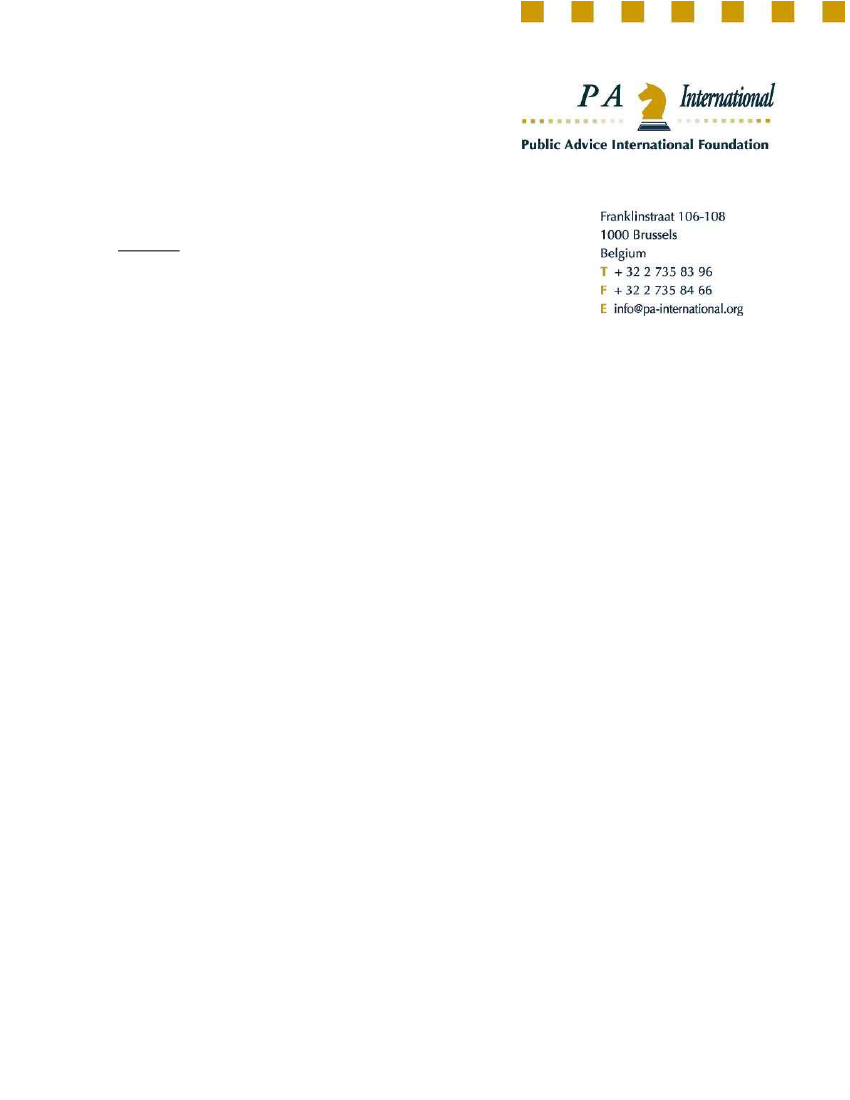
Ms Pia Kjærsgaard
Parliament of Denmark
Via email: [email protected]
Brussels, 19 October 2017
Ref. nr.: 17.37808
Dear Ms Kjærsgaard,
Following decades of warnings, which began in 1945 with the father of Penicillin Dr Alexander
Fleming, the catastrophic effects of antimicrobial resistance (AMR) are rippling throughout the
globe. Failing action, AMR will undermine the global economy and lead to the death of at least 300
million people by 2050. With the current level of awareness, none can postpone action behind the
claim that they were unaware of the extent of the AMR threat.
In response to this global health crisis, the United Nations (UN) organised a High-Level Meeting
that culminated in the adoption of a historic political declaration designed to fight AMR. On 21
September 2017, marking the one year anniversary of the High-Level Meeting, a follow-up
meeting was organized on the side-lines of the UN General Assembly. Presenting a keynote, Dame
“ally Da ies, E gla d’s Chief Medi al Offi er
understated:
e are ot here e should e . This
sentiment summarises the actions taken to address AMR, not the least, the recently published EU
One Health AMR Action Plan. The time to take truly effective action on AMR is now, and I would
propose this begins with a revision of the June 2017 EU Action Plan. This report is in many regards
substantially weaker than a
1999 Scientific Steering Committee report
tasked by the European
Commission to study the threat of AMR. Among their conclusions they propose:
tighter controls
o the sale, supply a d distri utio of a ti i ro ials through e for e e t , eli i ate
i du e e ts, espe ially fi a ial, whi h e ourage the i appropriate use of a ti ioti s , and
reducing, with the ultimate aim of abolishing the use of antimicrobials substances from classes
which are or may be used in human and veterinary medicine.
On 29 September 2017, Dr Thomas Van Boeckel and his colleagues published
Reducing
antimicrobial use in food animals
in
Science,
o e of the orld’s pre ier a ade i jour als
(Attachment A). The authors prescribe practical policies, substantiated by scientific rational and
research, to effectively reduce the overuse of antibiotics, thereby reducing AMR, and crucially,
saving lives. The combination of policies has the potential to reduce the use of antimicrobial
consumption in animals by up to 80%. By contrast, without action, antibiotics use in animals could
grow by 217% by 2030. I urge you to consider, that the policies laid out in this article serve as the
basis of a new and this time truly effective EU AMR Action Plan.
The policies are organized under three key pillars. Firstly, regulation is needed to cap the volume
of antimicrobials used: 50 mg per PCU per year. Should only the OECD countries and China adopt
this measure, the projected 200,235 tons of antibiotics to be consumed by 2030 could be reduced